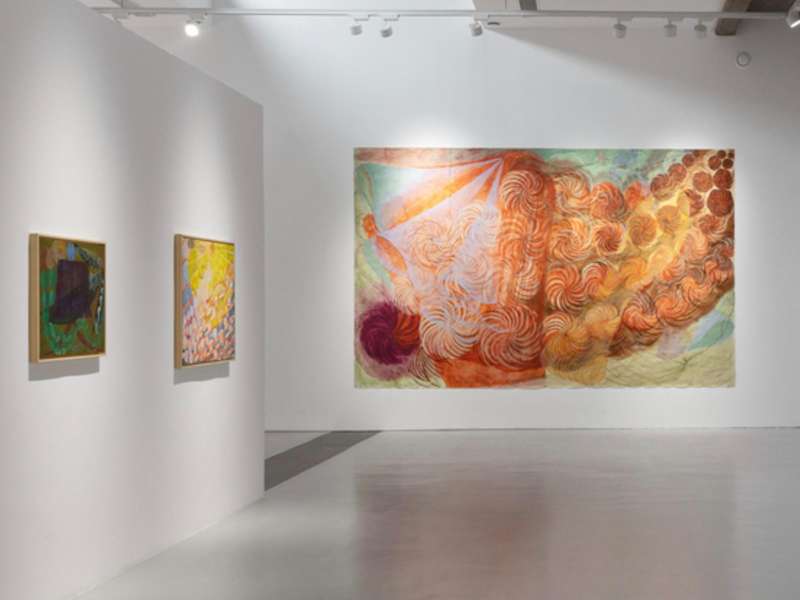
Nature and Humanity at the Center of Dan Zhu's Work
Reading the influential early 20th-century philosopher Henri Bergson has changed her approach to seeing things. Dan Zhu was born in Jiangxi, China. Although she had long enjoyed painting, she only entered art college after turning 25. Art, music, and the world of ideas, all become her inspiration.
阅读更多